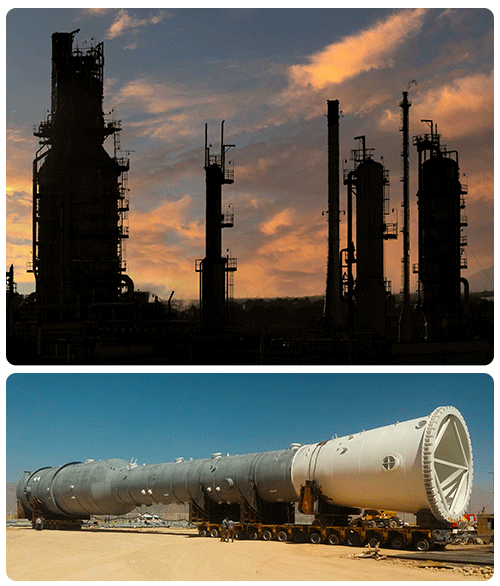
مخازن تحت فشار مخازنی استوانهای یا کروی هستند که معمولاً برای نگهداری مایعات یا گازها در فشاری غیر از فشار اتمسفر استفاده میشوند.
طراحی آن شامل پارامترهایی مانند حداکثر فشار عملیاتی و درجه حرارت ایمن، ضریب ایمنی، میزان خوردگی مجاز و حداقل دمای طراحی (برای شکست ترد) میباشد. سازه با استفاده از تستهای غیر مخرب مانند تست اولتراسونیک، رادیوگرافی و آزمایش فشار انجام میشود. در آزمایش هیدرواستاتیک از آب استفاده میکنند، و در آزمایش پنوماتیکی از هوا یا گاز دیگری استفاده میکنند. معمولاً تست هیدرواستاتیک ترجیح داده میشود، زیرا این روش یک روش ایمنتر است، در صورتی که شکست بدنه در طول آزمایش اتفاق بیفتد، حجم ناچیزی از انرژی آزاد میشود (آب به دلیل تراکمپذیری ناچیز برخلاف گازها در هنگام شکست بدنه سریعاً منبسط نمیشود در حالیکه در گازها این اتفاق باعث انفجار میشود.)
اختلاف فشار یک پارامتر خطرناک است و بر اثر تغییرات این پارامتر در مخازن تحت فشار، امکان انفجار و تخریب آن وجود دارد. در نتیجه طراحی، ساخت و بهرهبرداری از این مخازن، توسط سازمانهای مهندسی تحت نظارت قانونی قرار میگیرد.